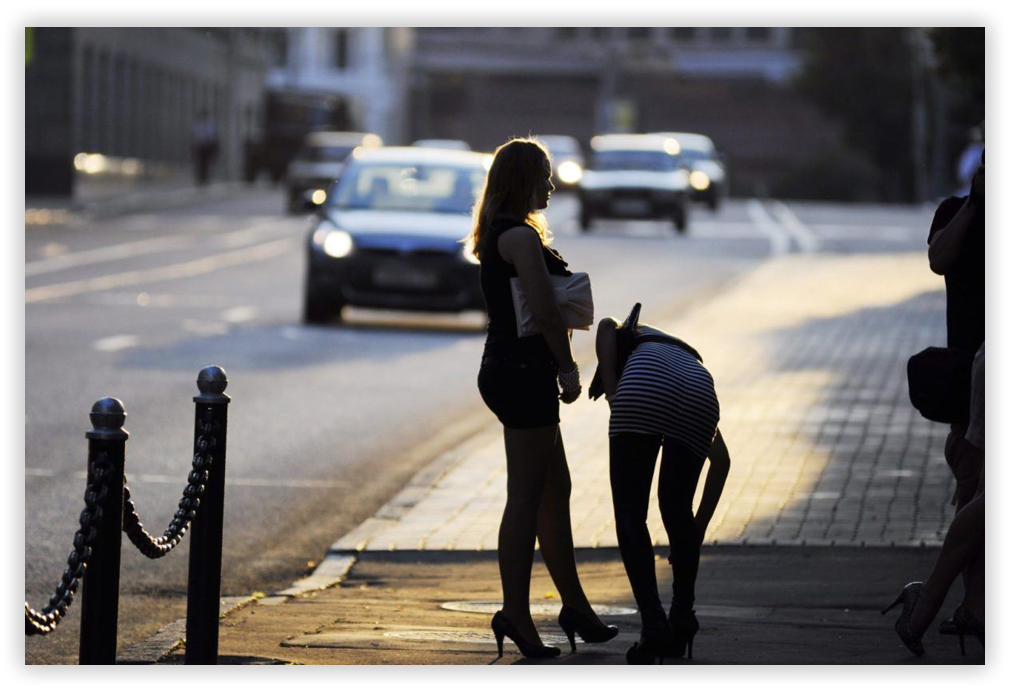We post news and comment on federal criminal justice issues, focused primarily on trial and post-conviction matters, legislative initiatives, and sentencing issues.

CHILD SEX CASE YIELDS FASCINATING CONSPIRACY HOLDING
 Maurice and Tonya, a couple of mutts in Oklahoma City, forced two 15-year old girls into prostitution for three weeks before law enforcement shut them down. A local businessman named Charles Anthony called the escort service the pair were using to sell the girls’ services, and he lined up a single meeting with the girls (not knowing their ages when he phoned).
Maurice and Tonya, a couple of mutts in Oklahoma City, forced two 15-year old girls into prostitution for three weeks before law enforcement shut them down. A local businessman named Charles Anthony called the escort service the pair were using to sell the girls’ services, and he lined up a single meeting with the girls (not knowing their ages when he phoned).
When the government freed the girls and arrested Maurice and Tonya, it found records of several customers’ sordid night. Three customers, including Chuck, were indicted along with Maurice and Tonya for conspiracy to engage in sex trafficking. Chuck was convicted, and sentenced to the statutory mandatory-minimum 10 years’ imprisonment and ordered to pay restitution to the two teen-aged victims in the amount of $327,000 and $308,000.
A normal reaction to this kind of prosecution is that the defendants get whatever is coming to them. Still, that’s a pretty high price for one night, especially where Chuck did not know the girls’ ages when he lined them up. Last week, the 10th Circuit expressed grave doubts that Chuck’s conduct, however disgusting, made him a co-conspirator in the entire venture.
Chuck’s appeal, strangely enough, focused on restitution. Last week, 10th Circuit agreed that the district court should have separated the harm Chuck’s one-night assignation with the two girls had caused from the broader harm caused by weeks and weeks of sexual slavery by the two who ran the sex trafficking ring. But the more interesting discussion, because it applies generally to criminal conspiracies, was the Court’s discussion of whether Chuck’s single night made him a co-conspirator.
 Chuck claimed a variance between the indictment, which charged him with conspiring with the two who rang the ring and two other customers to operate a child-prostitution enterprise for three weeks. Chuck argued that the evidence showed that all he did was to hire the girls for one night, and that was a subset of the larger conspiracy.
Chuck claimed a variance between the indictment, which charged him with conspiring with the two who rang the ring and two other customers to operate a child-prostitution enterprise for three weeks. Chuck argued that the evidence showed that all he did was to hire the girls for one night, and that was a subset of the larger conspiracy.
The 10th Circuit agreed. The evidence, it said, proved that for three weeks Maurice and Tonya conspired to operate a prostitution enterprise, which included two minor females. Maurice and Tonya played interdependent roles to ensure the success of the enterprise: Maurice recruited and controlled the girls, while Tonya advertised the girls’ services and connected them with customers. “The government offered no evidence,” the Circuit said, that Chuck ever joined the broad conspiracy. Instead, it proved only that Chuck and Tonya agreed to arrange a single commercial sex transaction on one night.
“The main deficiency in proof,” the Court said, “concerns the second and third conspiracy elements, i.e., knowledge of the conspiracy’s objective and knowing participation in it. To demonstrate knowing participation, the evidence must show that the defendant shared a common purpose or design with his alleged coconspirators. Though the defendant need not know the existence or identity of all conspirators or the full extent of the conspiracy, he must have a general awareness of both the scope and the objective of the enterprise to be regarded as a coconspirator.”
Here, the 10th said, nothing suggests that Chuck shared his alleged coconspirators’ purpose to operate a child-prostitution enterprise throughout October 2014. From his perspective, Chuck sought to obtain the girls from Tonya to have sex with on a single night. In fact, in its closing argument, the government described the purpose of the agreement from Chuck’s perspective as ‘having sex,’ not as running a prostitution enterprise.”

The sad thing is that, had his lawyers properly preserved this issue with a timely objection at trial, Chuck could have won his conspiracy count on appeal, let alone the limited argument he made that restitution liability was not appropriate. But because they did not, Chuck could only raise the matter as plain error, and on plain-error review, he could cite no other cases that had limited restitution to a smaller conspiracy.
Nonetheless, the discussion of variances and conspiracies as subsets of larger conspiracies has great applicability to drug and white-collar conspiracies, and worth the reading.
United States v. Anthony, 2019 U.S. App. LEXIS 32605 (10th Cir. 2019)
– Thomas L. Root

